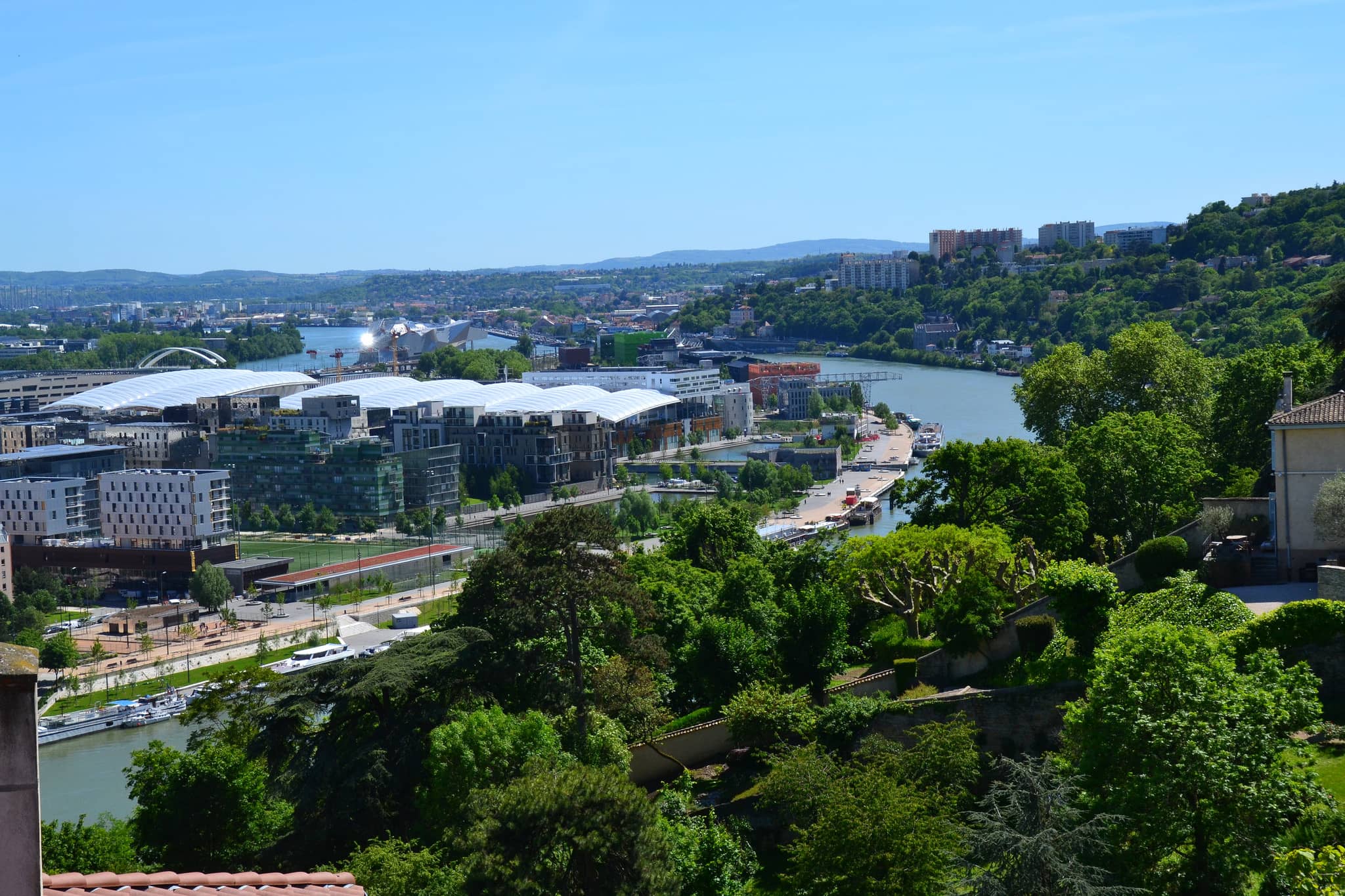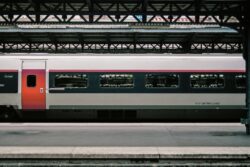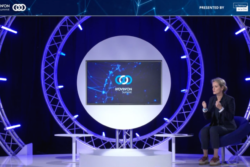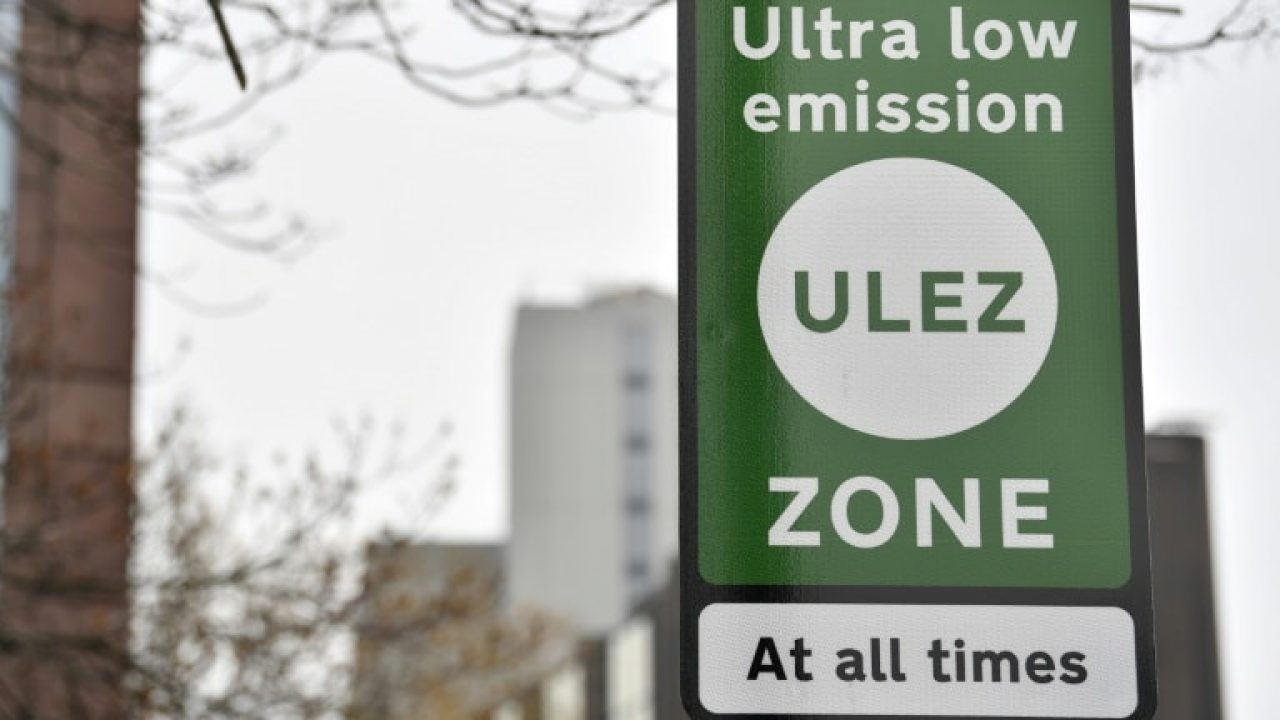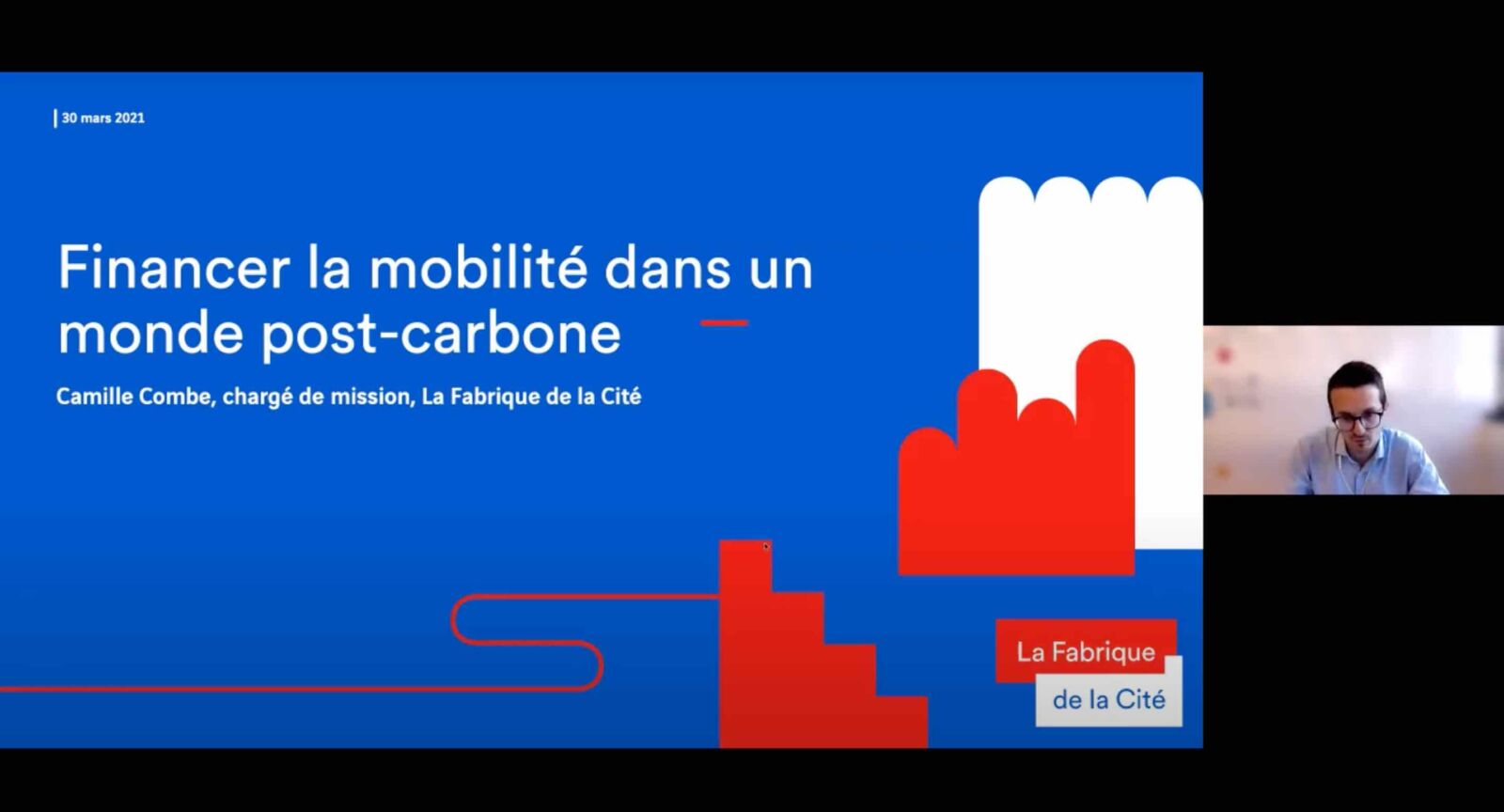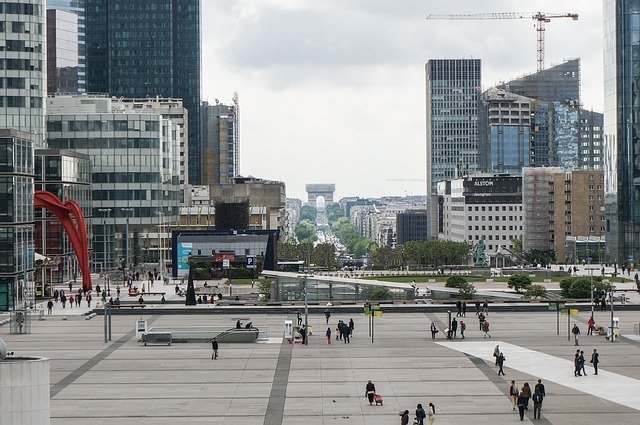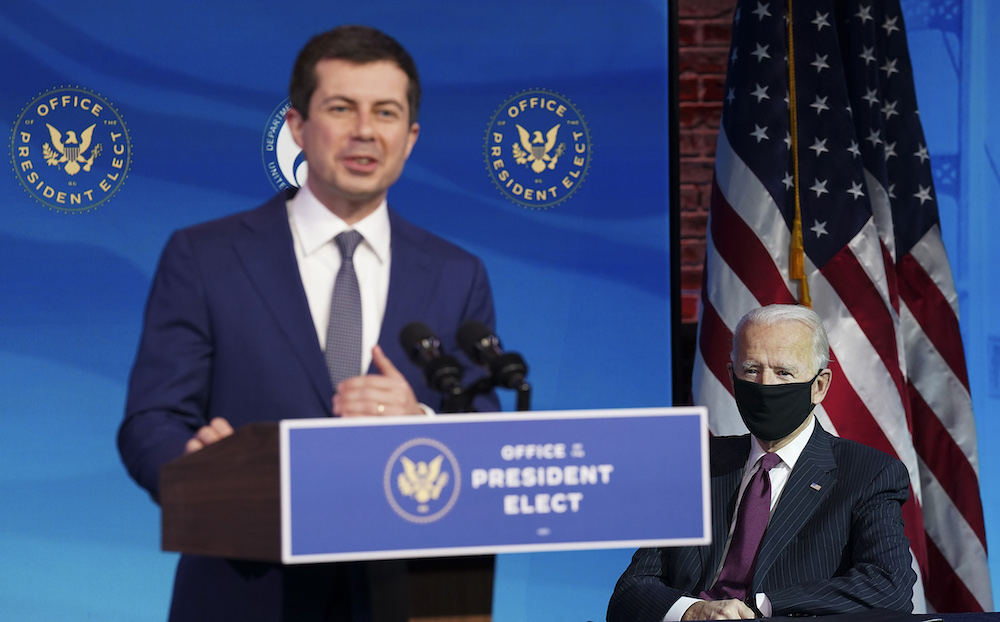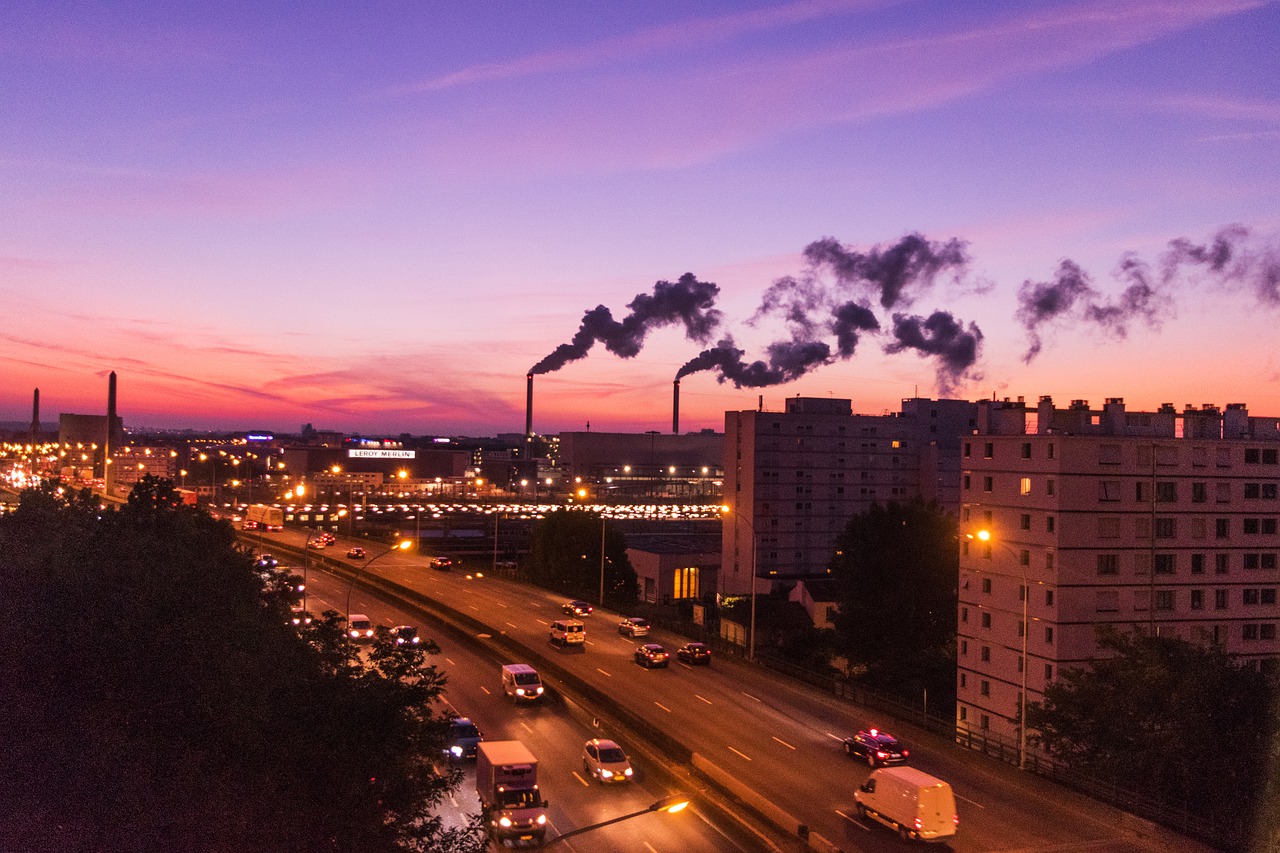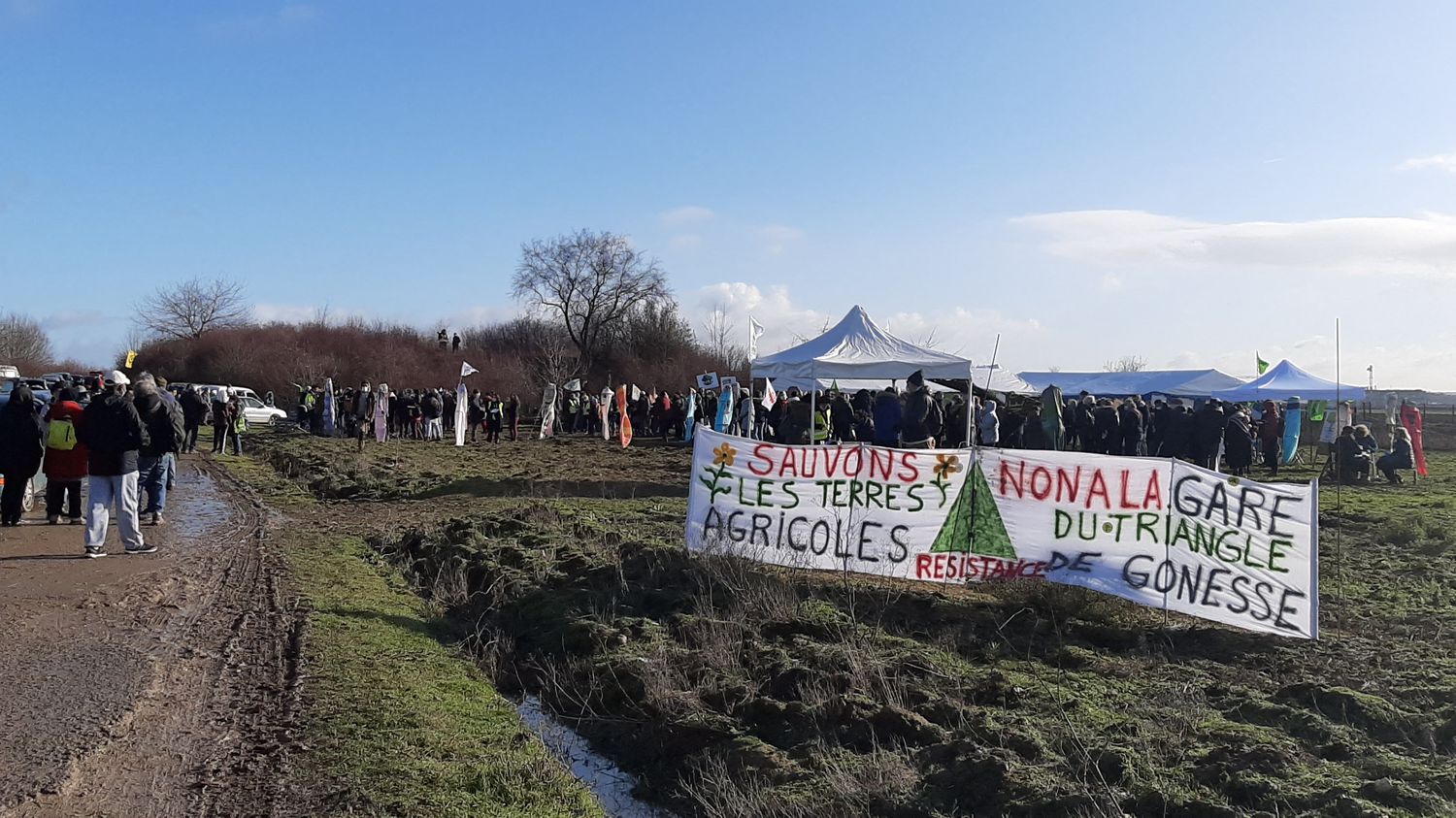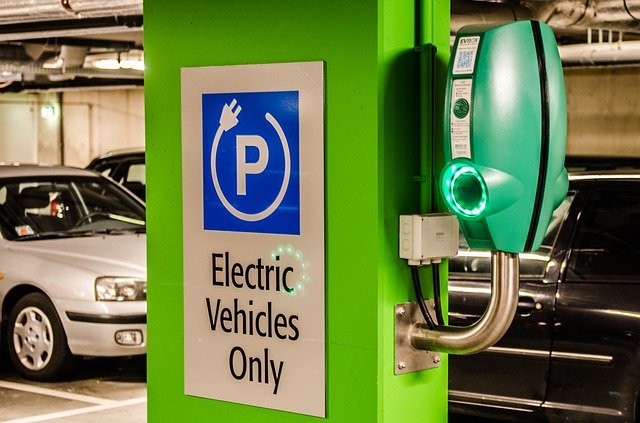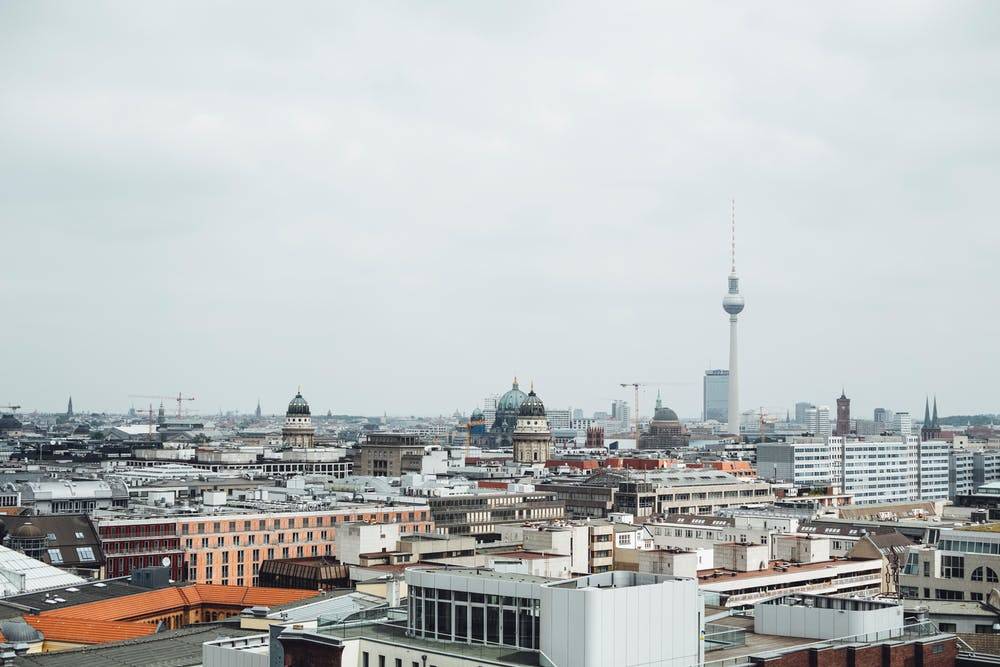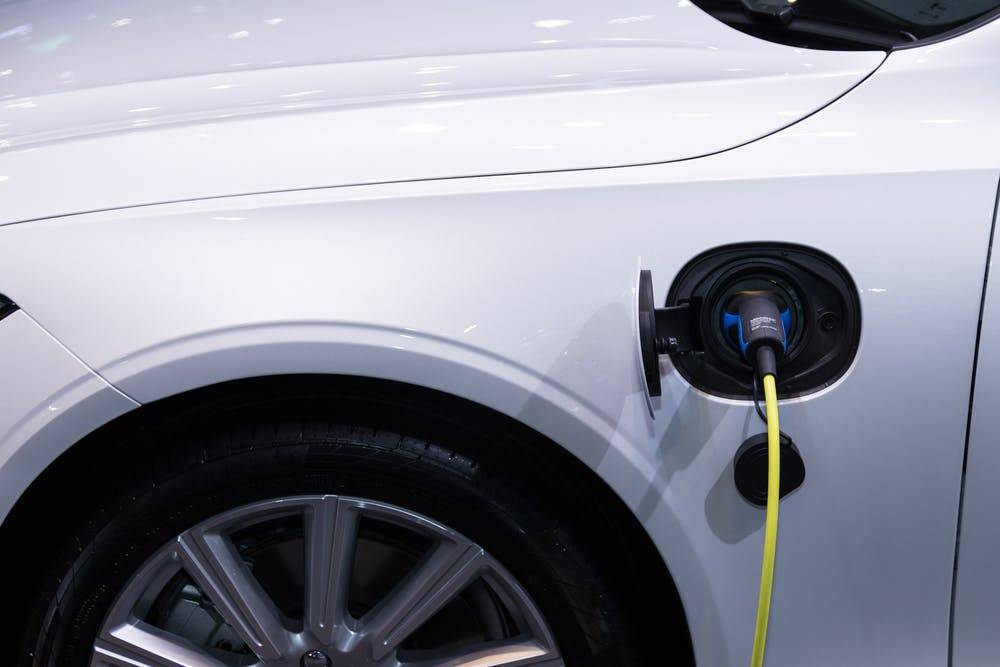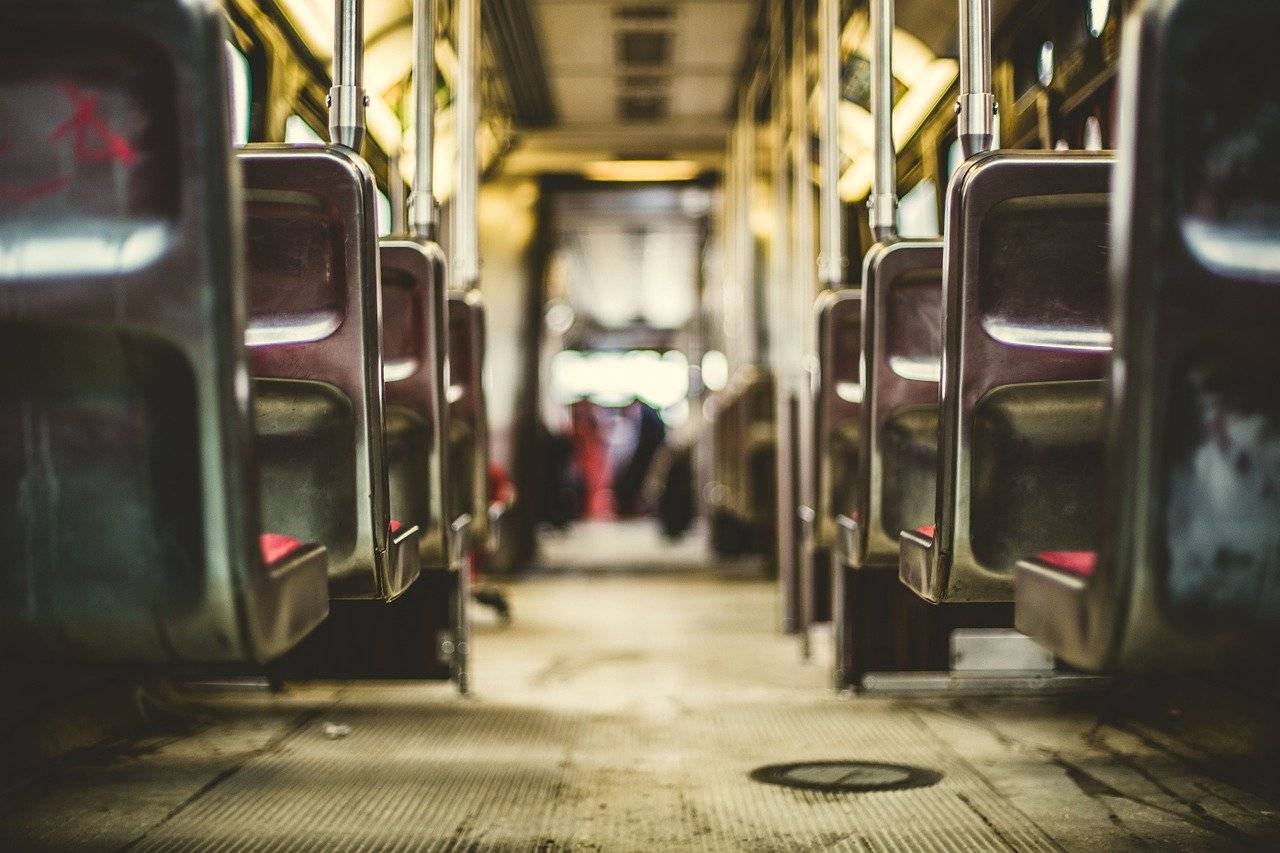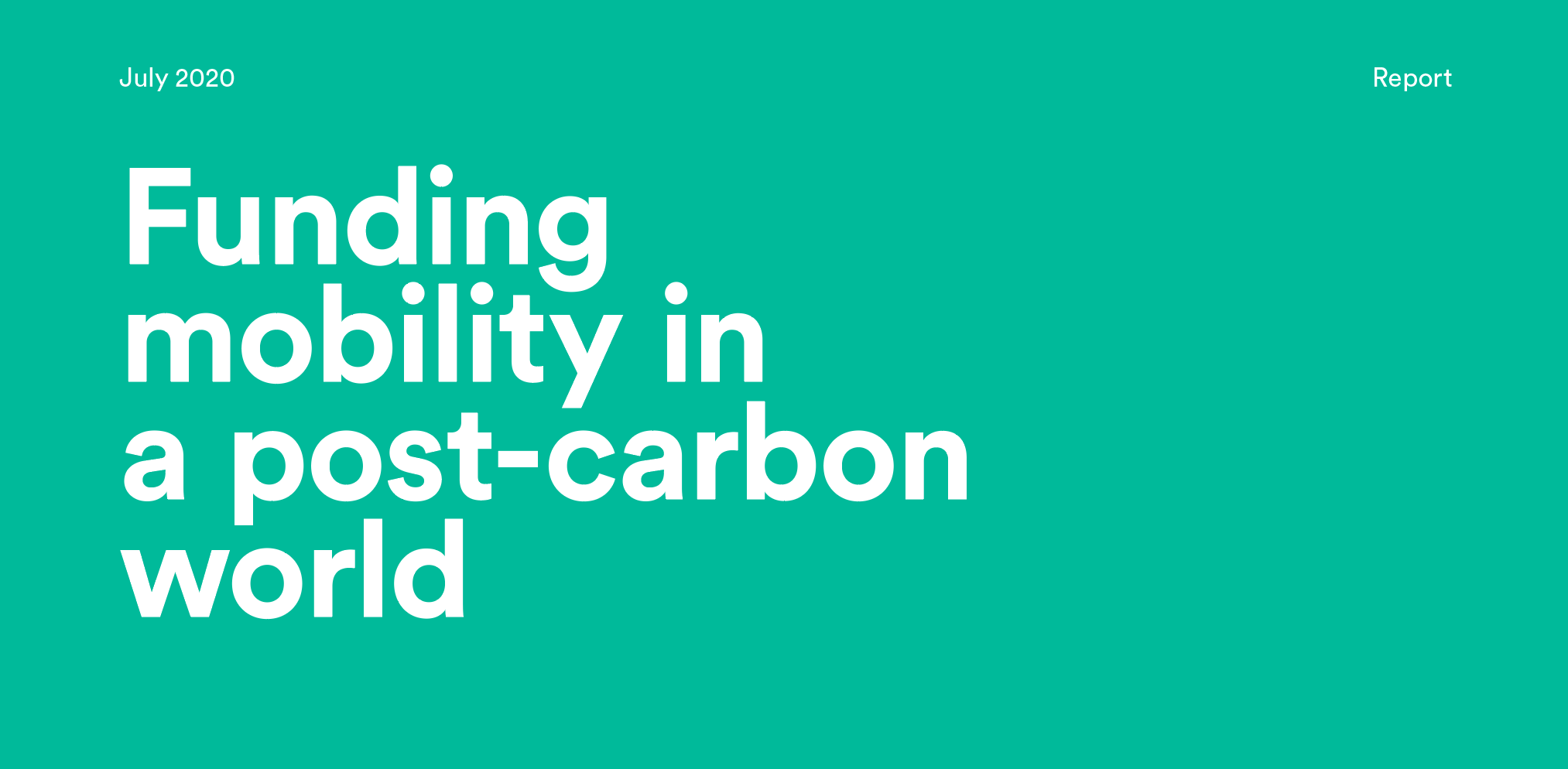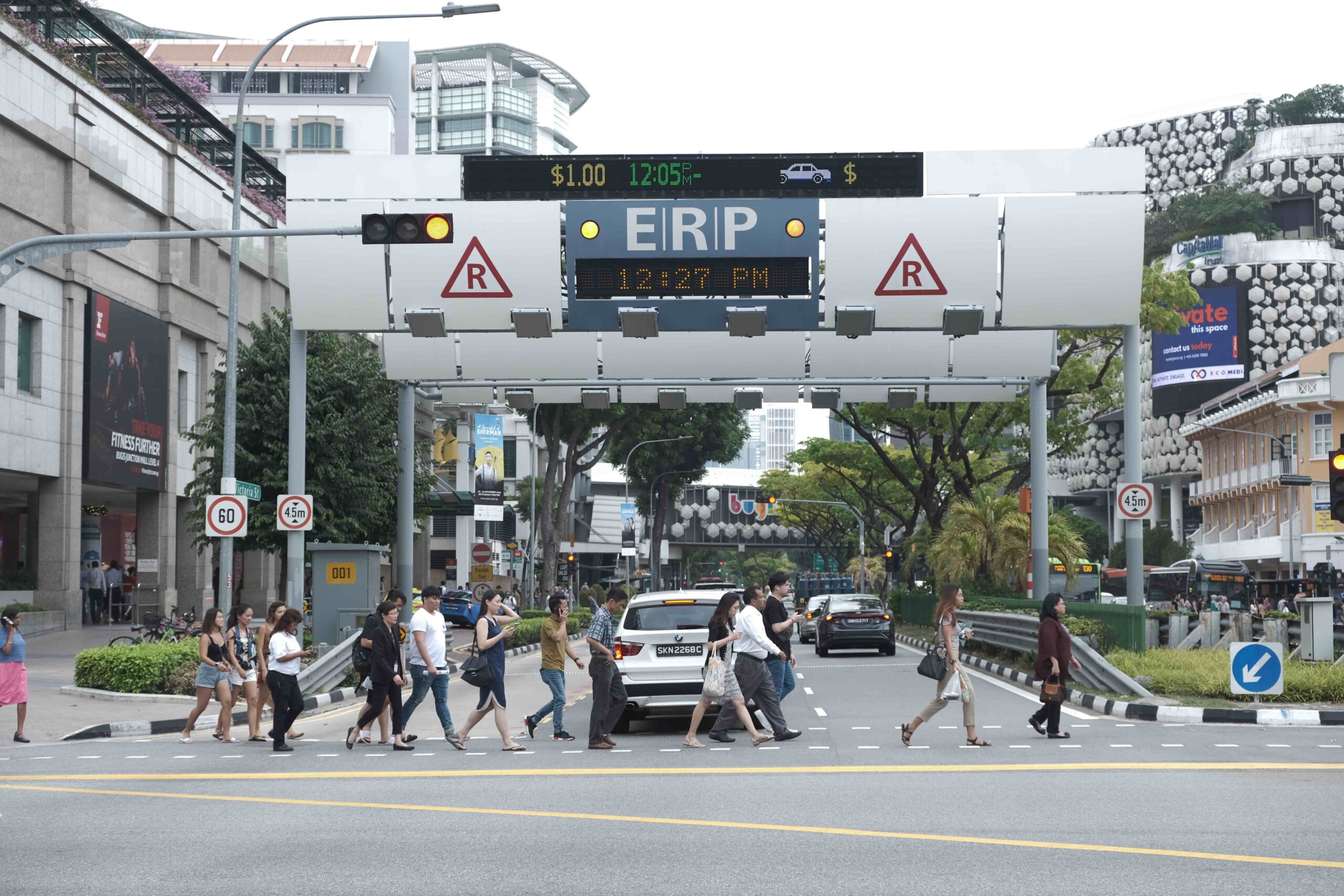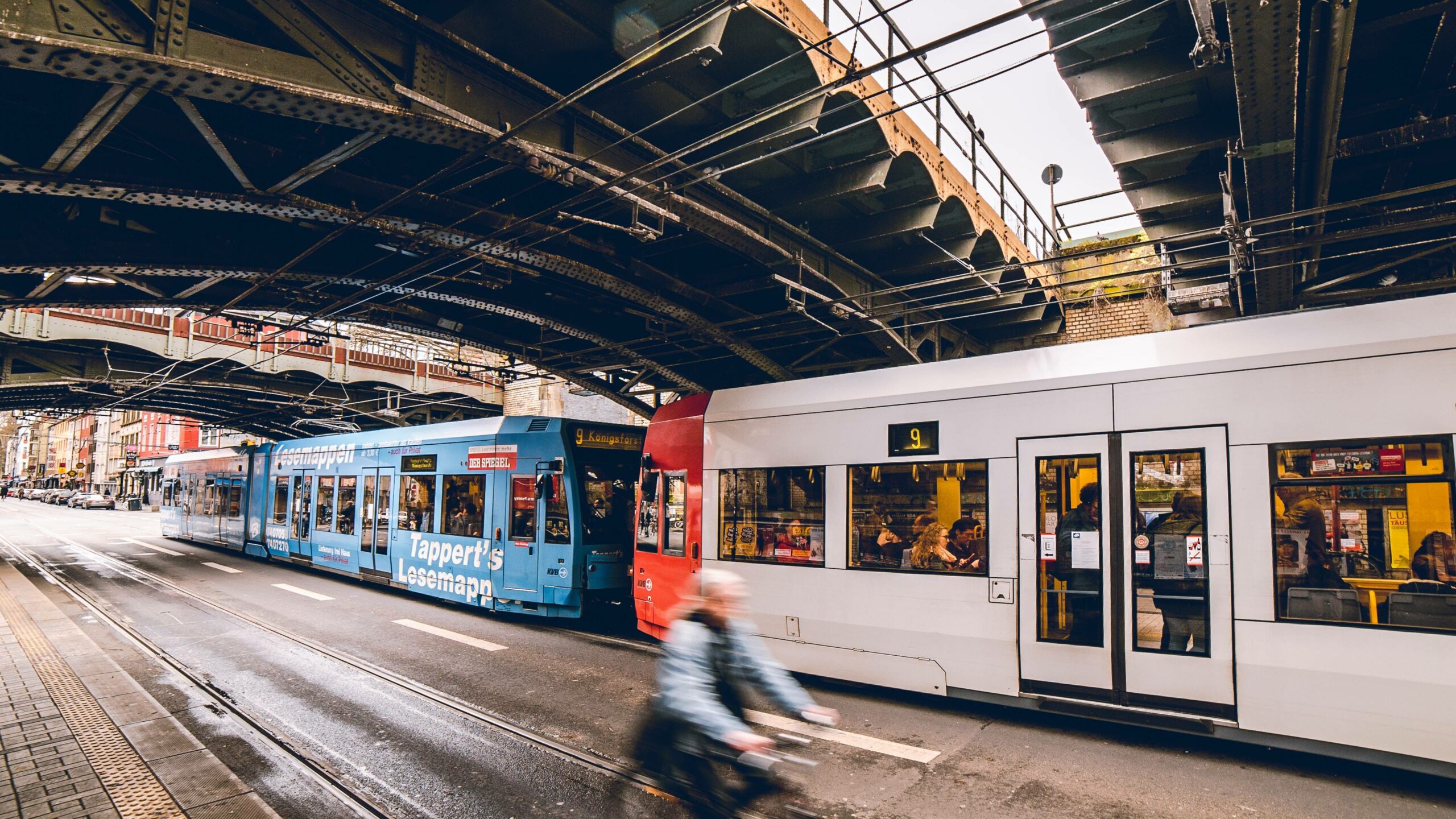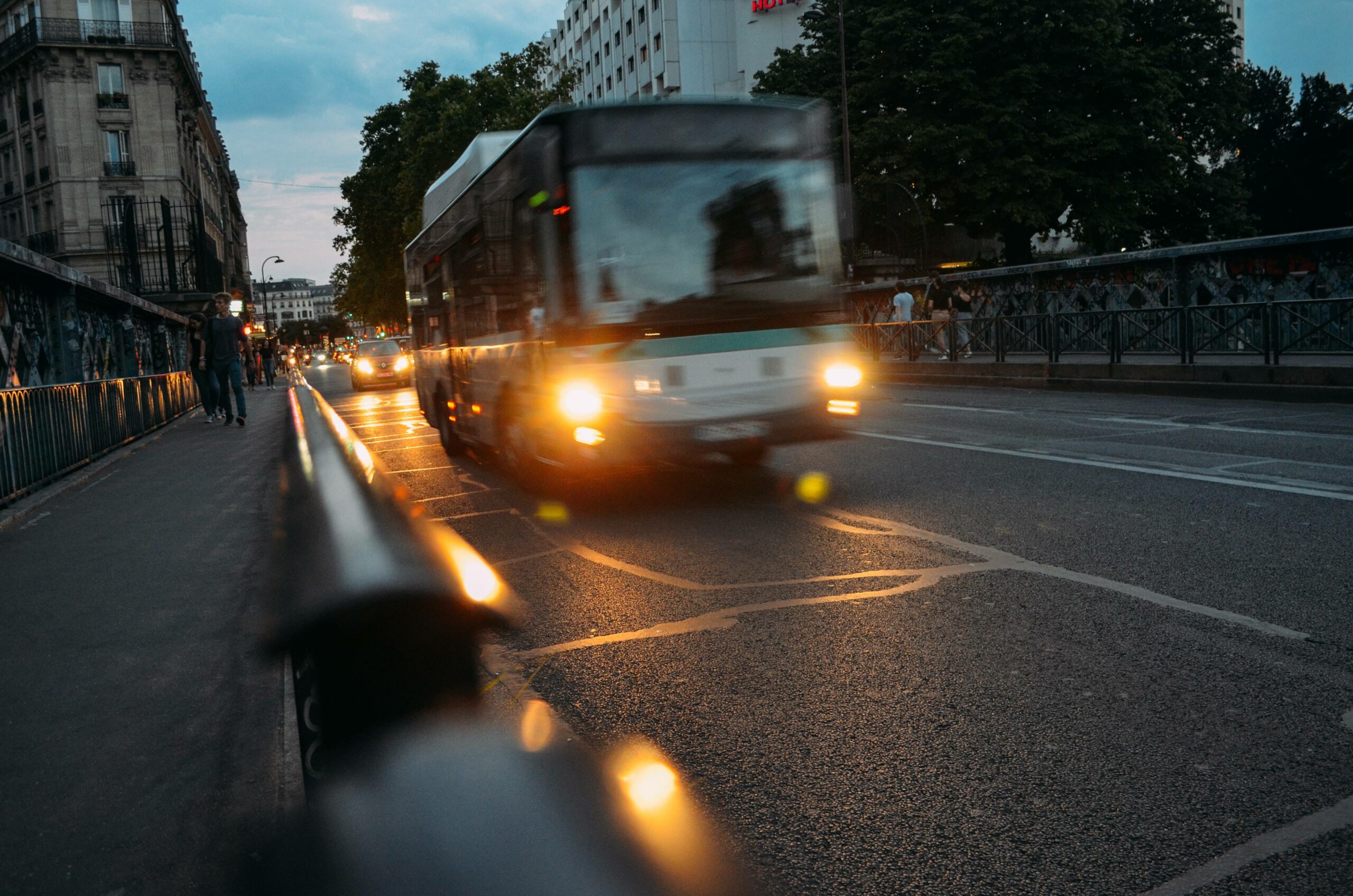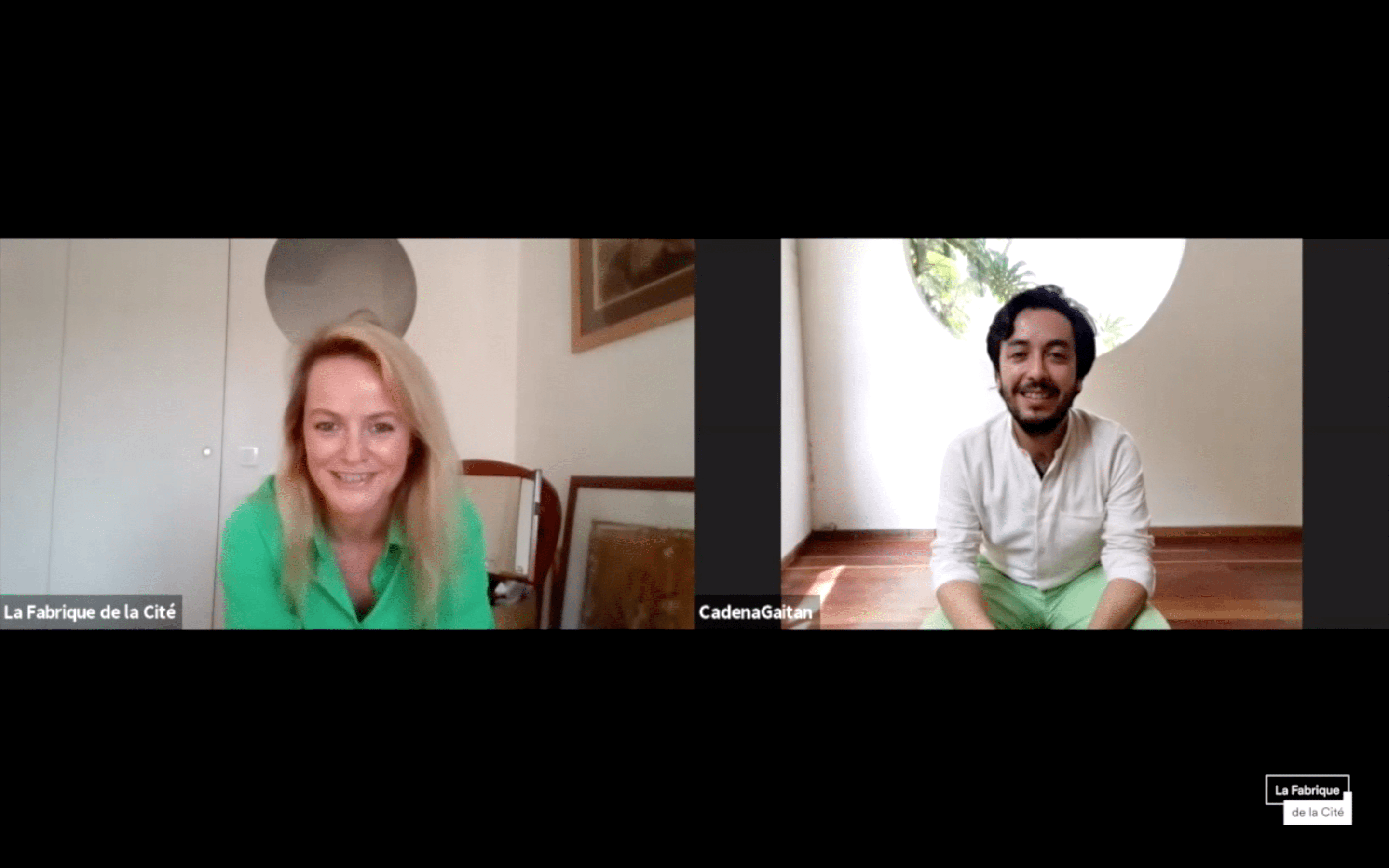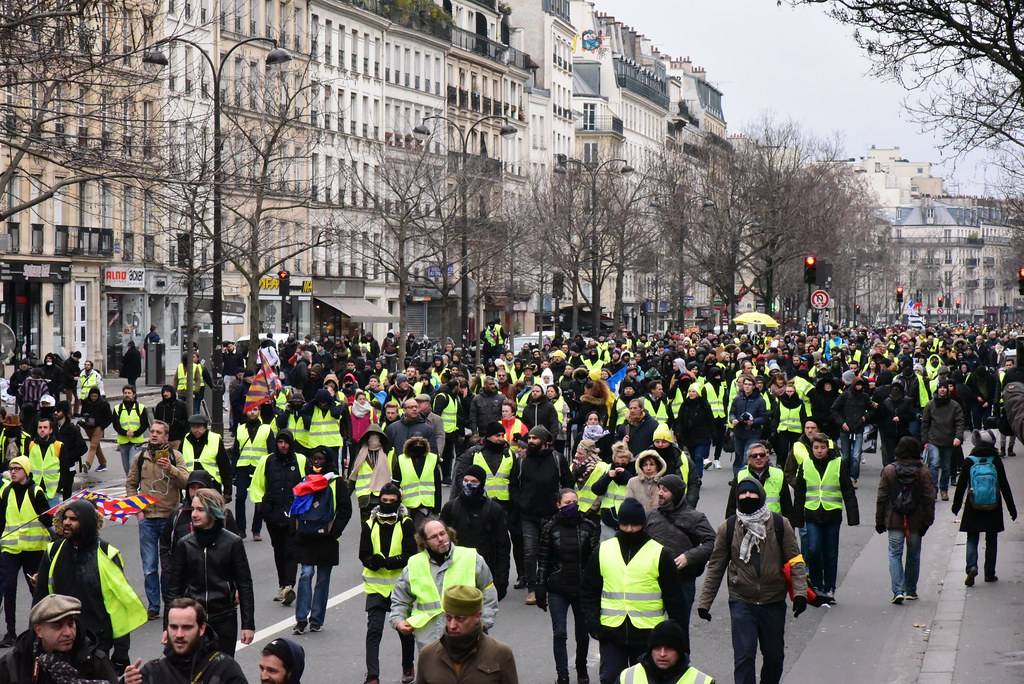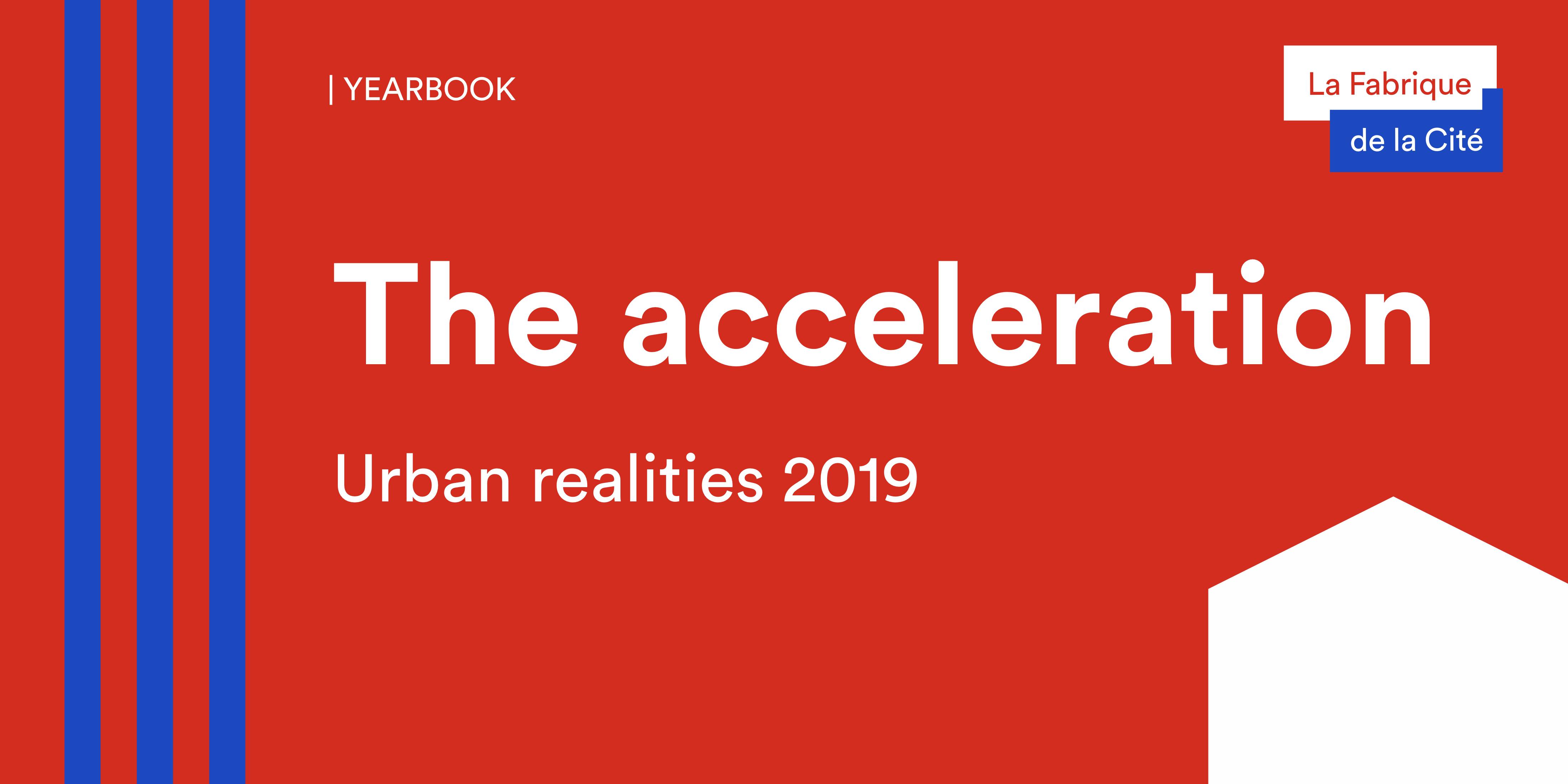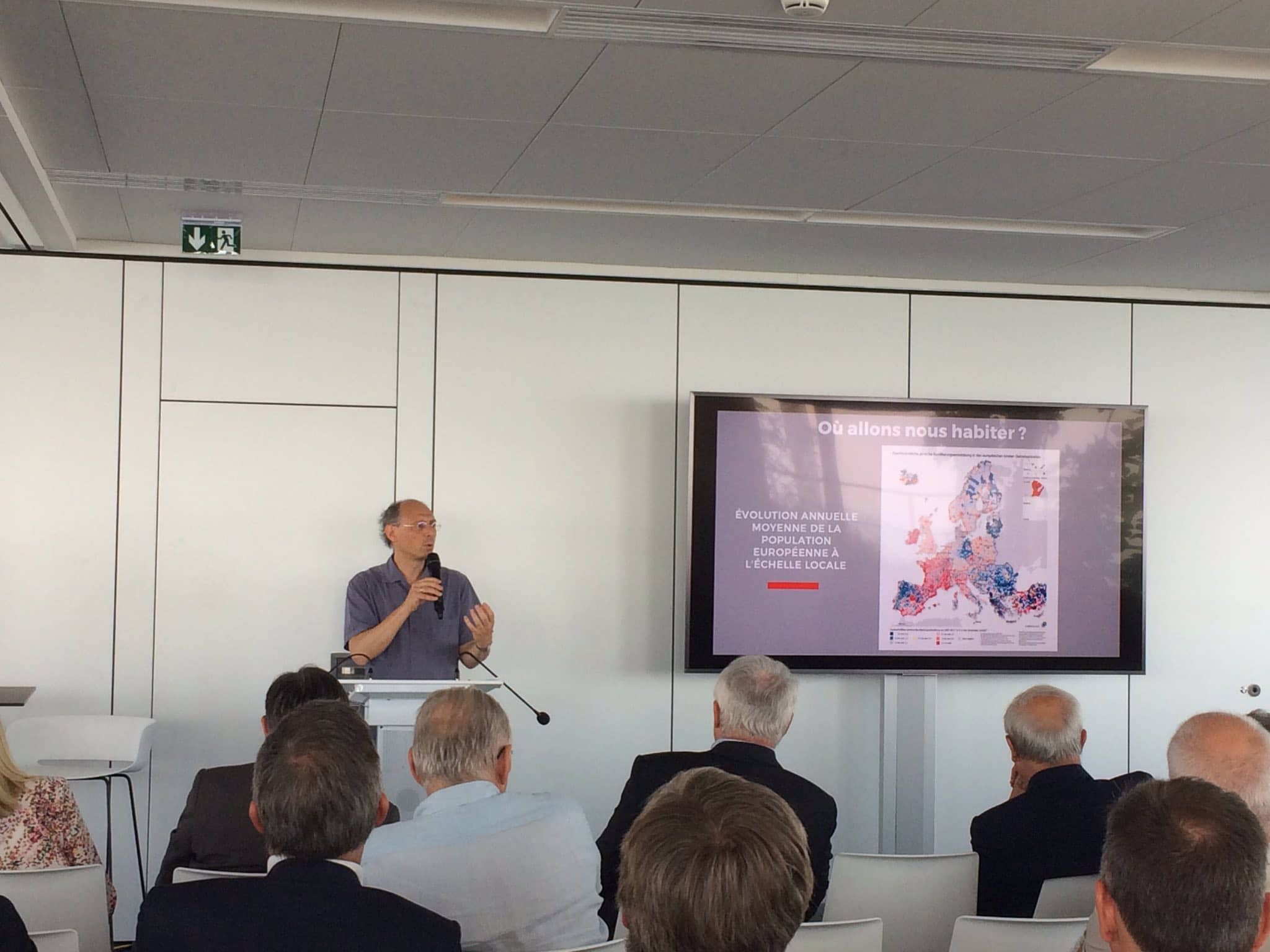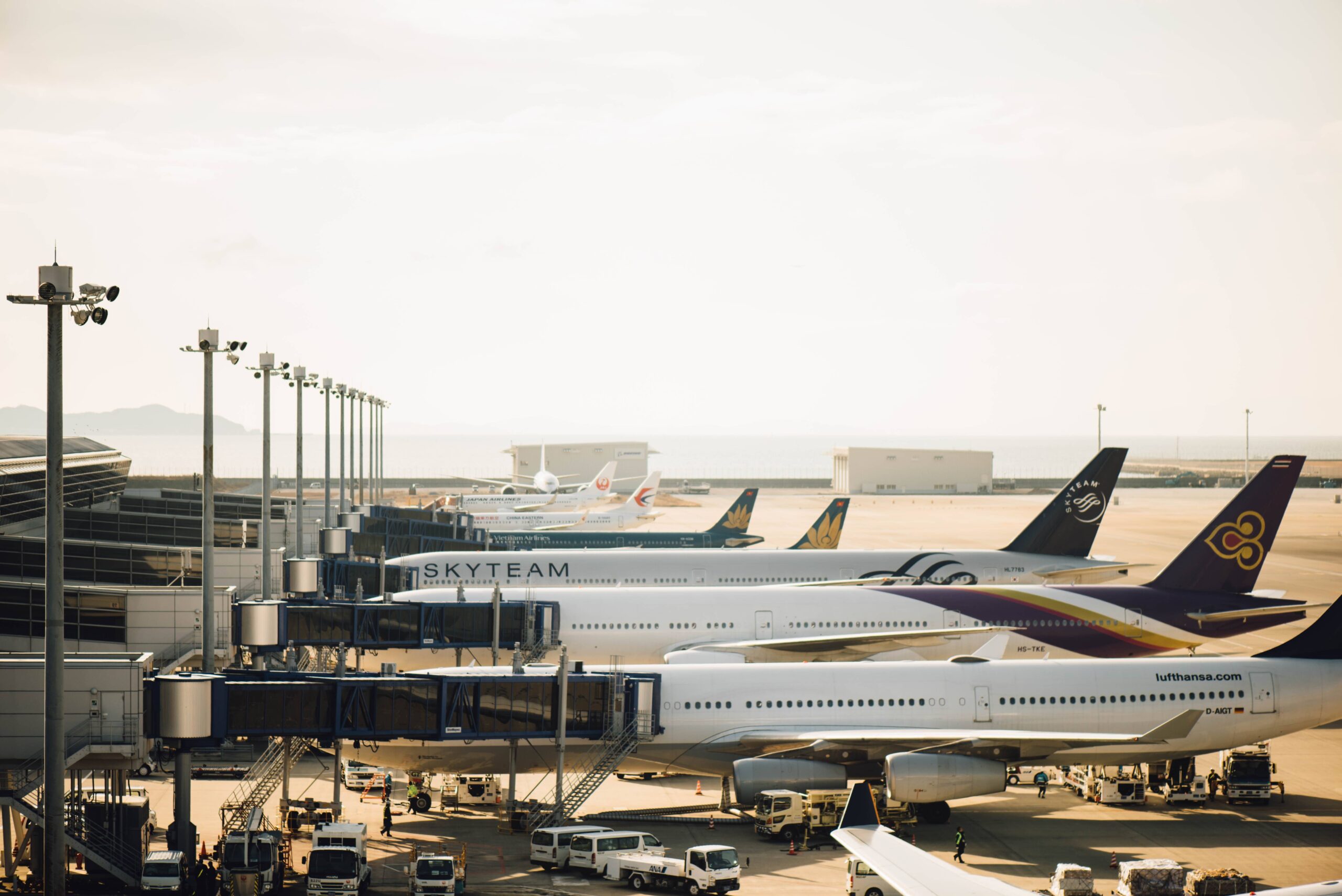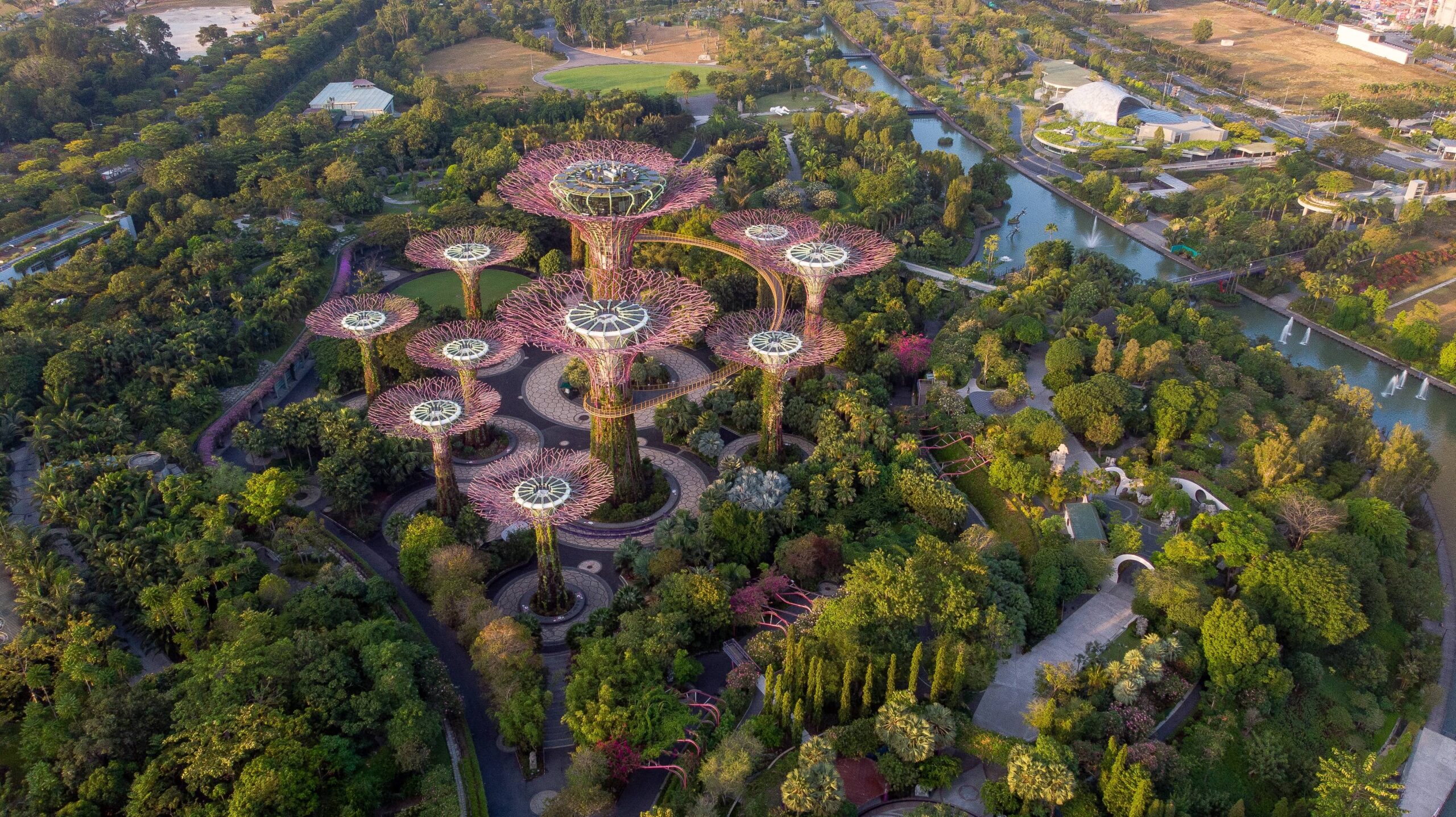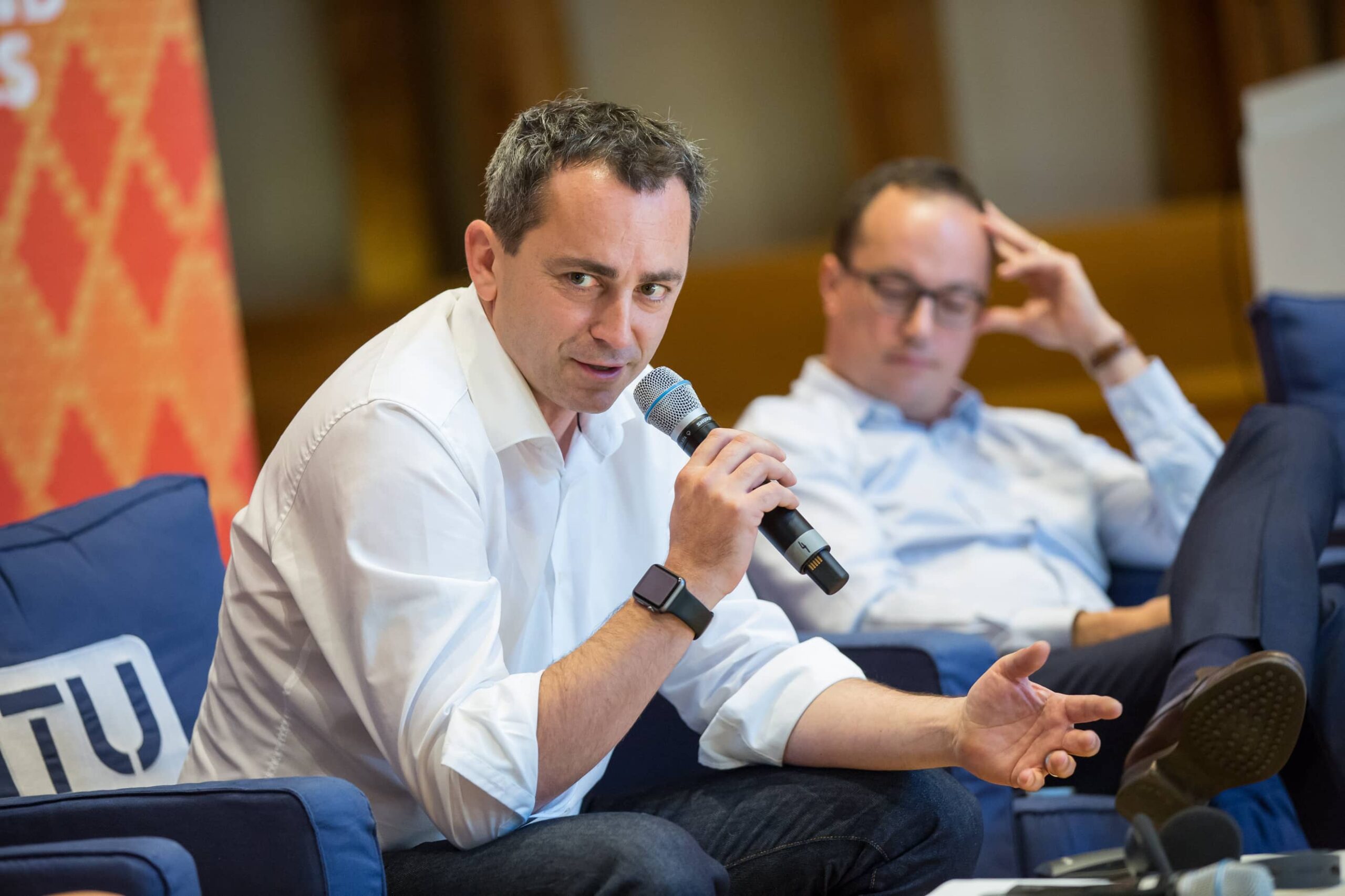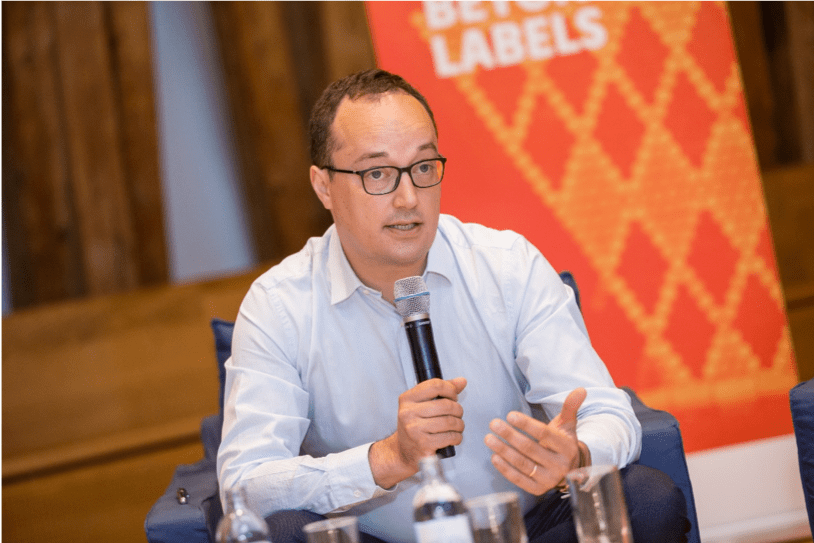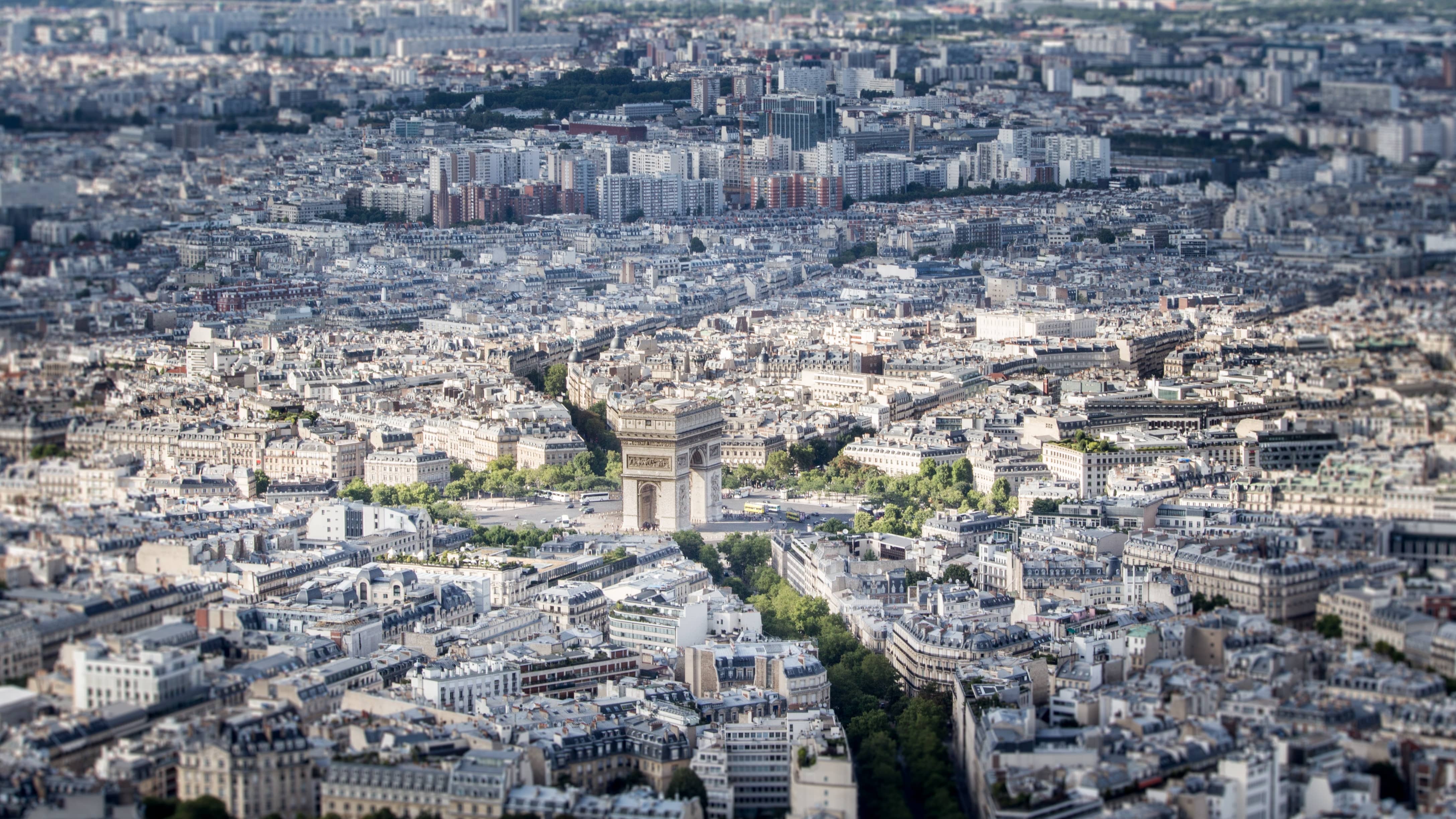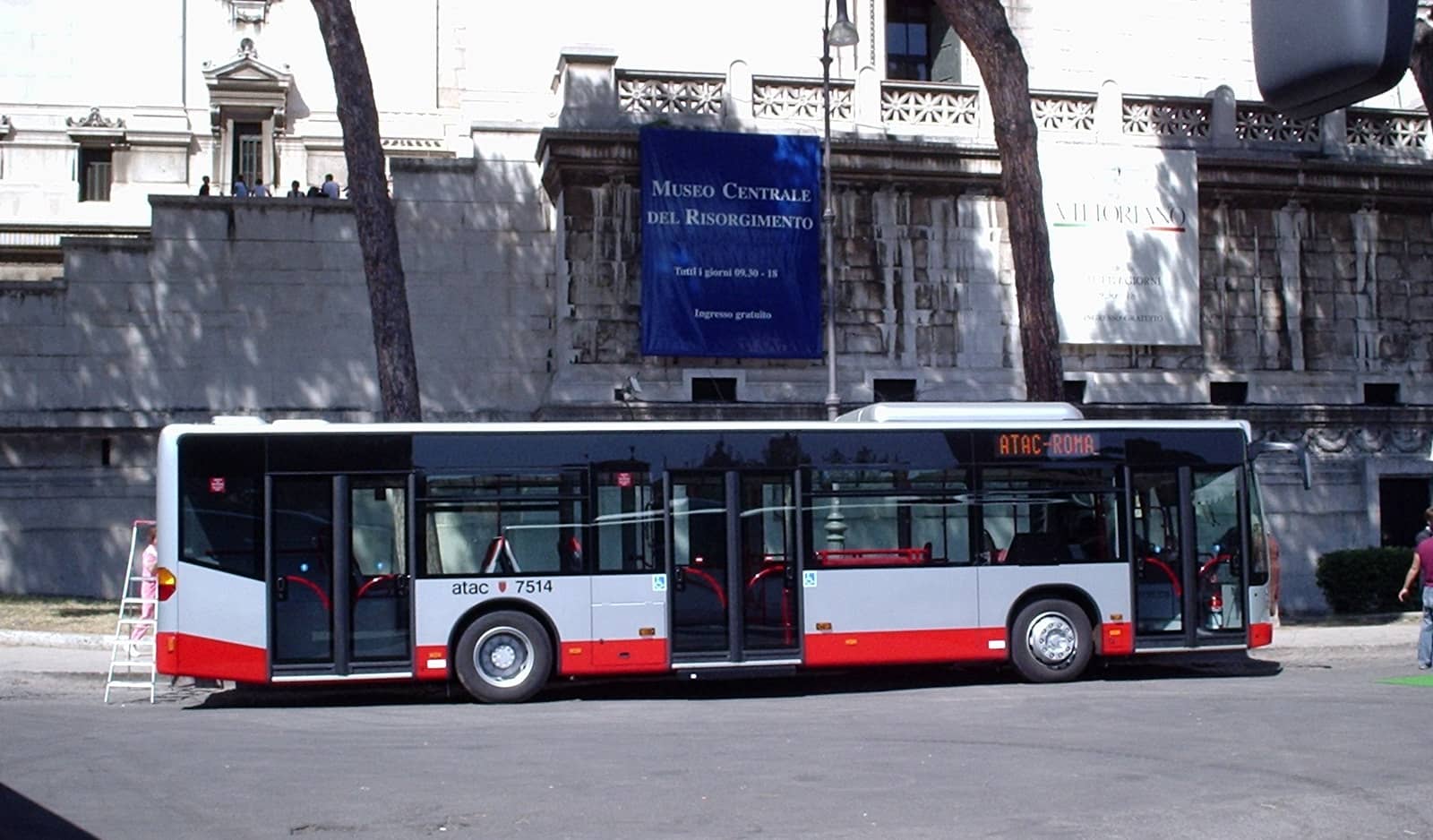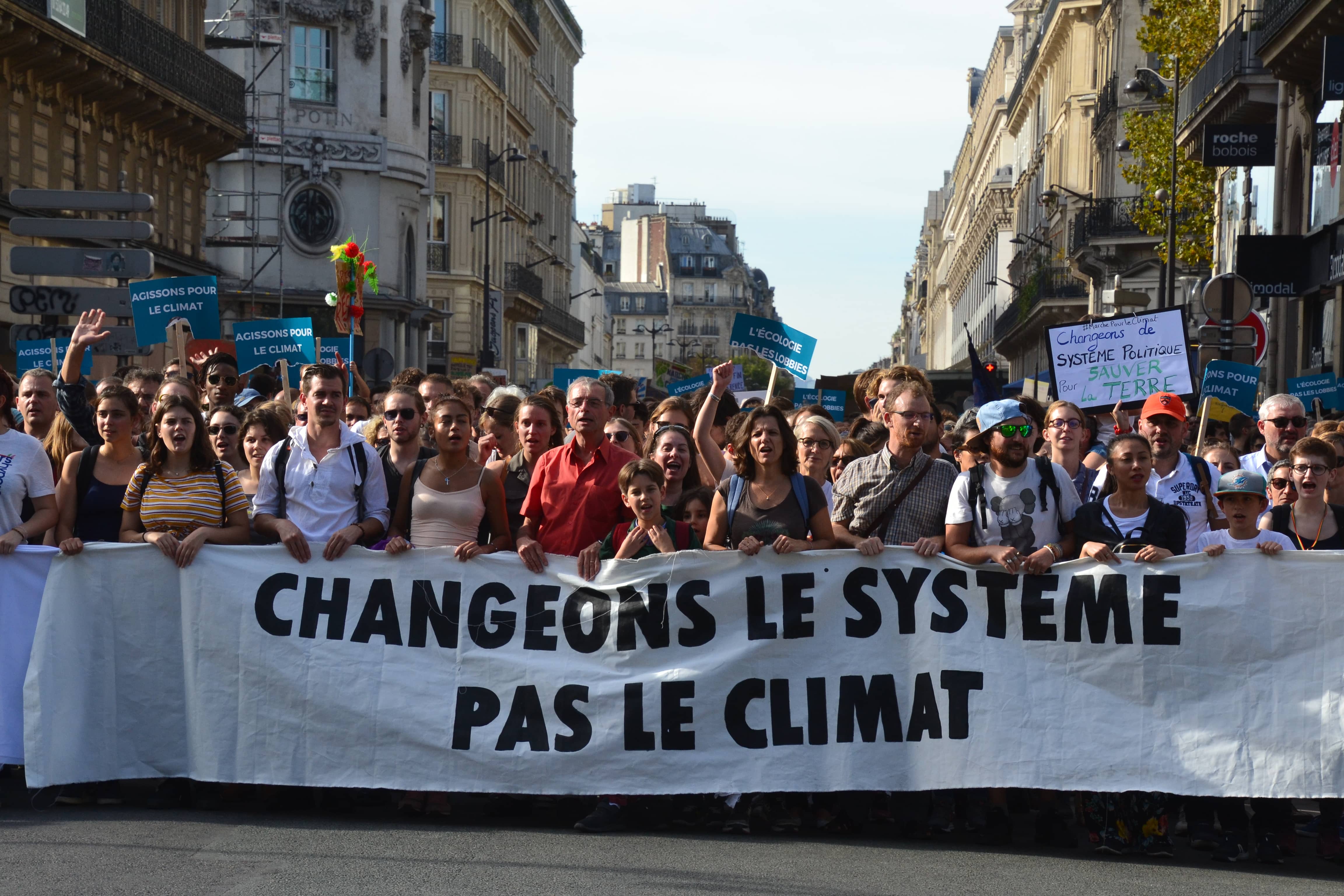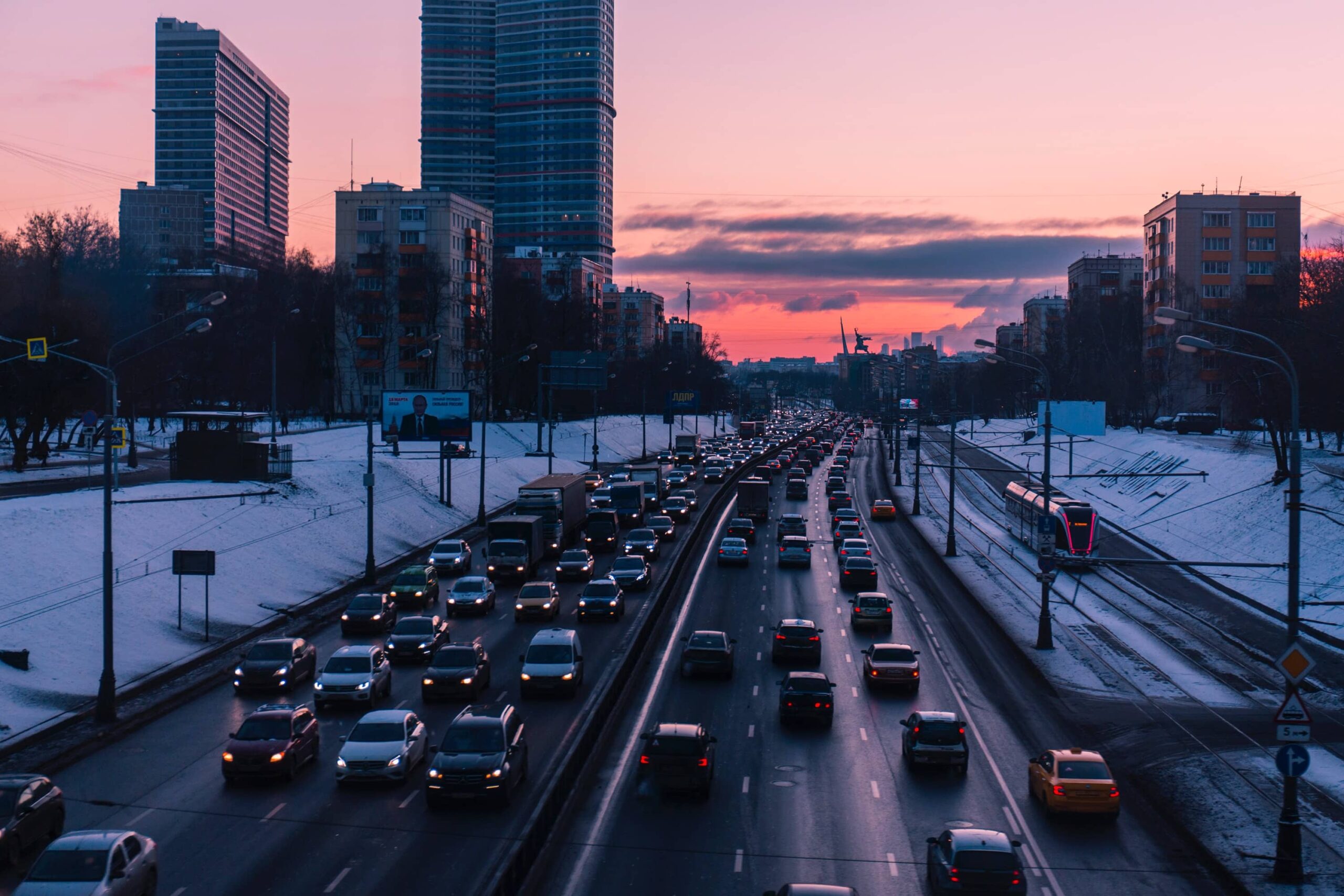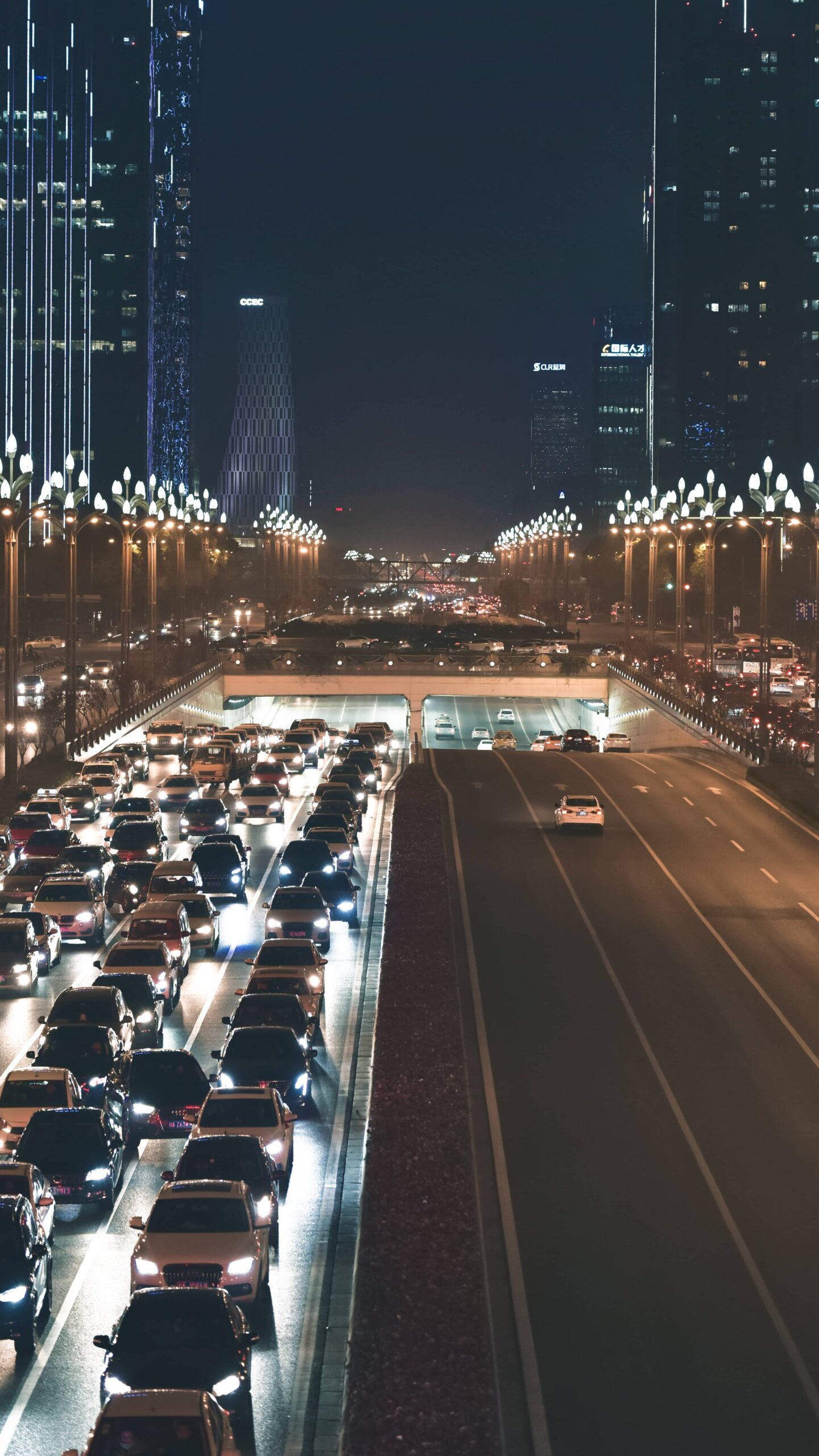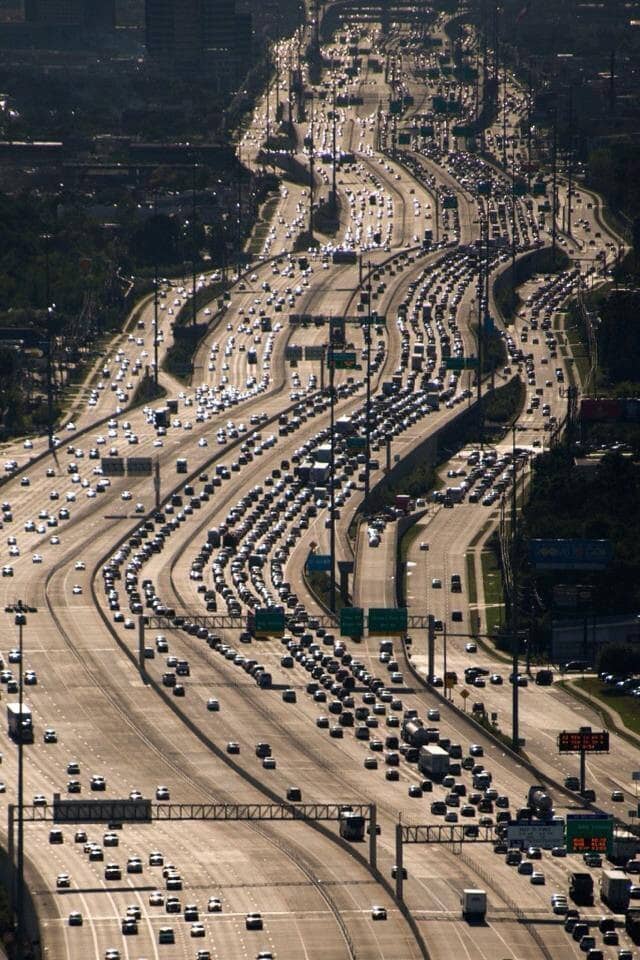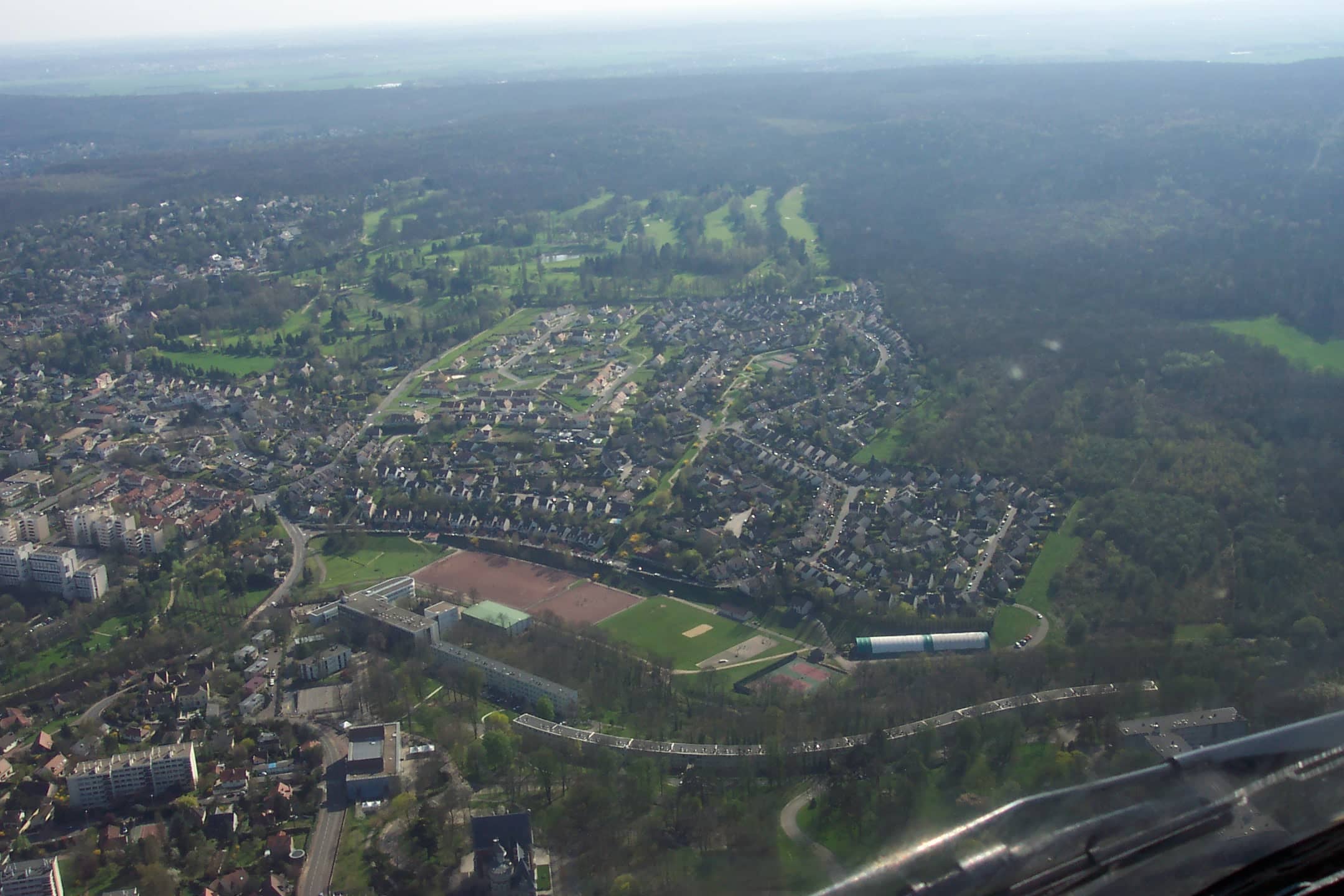

Infrastructure: About time — An opera in three acts

From Trump’s infrastructure plan in the United States and the German coalition agreement to the Spinetta report on rail transport or the recent revision of the Grand Paris Express schedule in France: now is the time for infrastructure investments. Even formerly reluctant states — one need only think of Germany — have converted to the urgent need to invest in infrastructure. Why now? The crystallization of multiple factors explains this enthusiasm: the conclusion of the 2008 crisis, which came to an end in 2015 in Europe; the availability of plethoric liquidities; the increasingly manifest decay of an infrastructure park inherited from 30 years of post-war economic growth; the ecological transition, already well underway as far as electricity is concerned, but still in its infancy in the field of transport; and, as always, the affirmation of the metropolitan fact, resulting in the continuous growth of large cities. “Infrastructure is back”: Act One.
Act Two is playing out before our very eyes: What should we invest in? As far as digital infrastructure is concerned, politicians, investors, and the tech sector all are gathered on stage: the choir sings in unison in support of the necessary technological investments that provide the foundation for the current technological, social, and economic revolution taking place before us. Next scene: in matters of energy transition, same choir. In 2017, investments in renewable energies took off, with the United States remaining in second place behind China with a 1% increase in investment in spite of Donald Trump’s carbonaceous verse. States, taxpayers, and investors continue to approve, overwhelmingly, of wind and solar energies.
What of mobility infrastructure? Here, the scene changes: with false starts, withdrawals, hesitations, eternal promises, declarations of love for rail, roads, or neither for those who only have eyes for digital technologies, we are now in Cosi fan Tutte. Must we do “as before” — conducting large, structuring infrastructure projects that are ambitious and visionary yet costly and with a design and construction time that forces local authorities and taxpayers to commit for decades? Should we favor faster, cheaper alternatives that may prove be less structuring for our territories? China is currently asking itself the question after building almost two “Grand Paris Expresses” (373km of metro lines) each year between 2010 and 2015 and investing 18 billion dollars. On the one hand, mobility infrastructure is crucial for the development of small, dynamic cities that must both host cheap labor, vital to the continuation of the Chinese miracle, and put a stop to the gigantism of unmanageable megacities. On the other hand, the financial weight of heavy investment raises a risk for more modest cities in a country where national debt amounts to 250% of the GDP. In this context and in this specific case, Bus Rapid Transit (BRT) is seen as a solution with multiple advantages — the same BRT is in fact currently being mentioned in the context of the Greater Paris, with a view to compensate for lines that will not be built or delivered by 2024. Others are tempted by a third way, which, in reality, is a non-choice: its name is big data, or artificial intelligence, and it is going to fill up cars, customize journeys, fill the void left by non-existent offers… It would make for a great fairytale ending.
But this is an opera in three acts: transporting individuals costs money and no one, not even the audacious investors of the new economy, will invest where there is neither sufficient demand nor adequate infrastructure. The third act will see two camps emerge: that of the visionaries, who will balance structuring choices and light and flexible solutions against a background of controlled public involvement and financial, technological, and partnership-based innovation, and who will, in short, tailor solutions to territories and their limitations; and that of inaction, which runs the risk of writing a four-act drama when the consequences of the wait-and-see policy roll around.
These other publications may also be of interest to you:
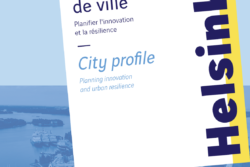
Helsinki : Planning innovation and urban resilience
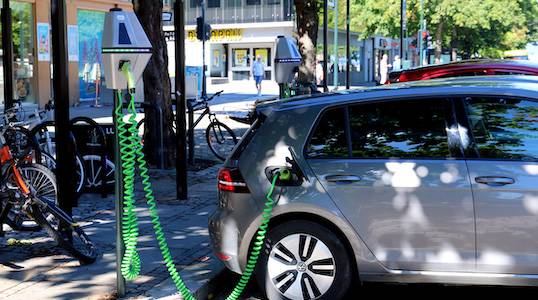
Funding mobility in a post-carbon world

Sending out an SOS

Behind the words: telecommuting
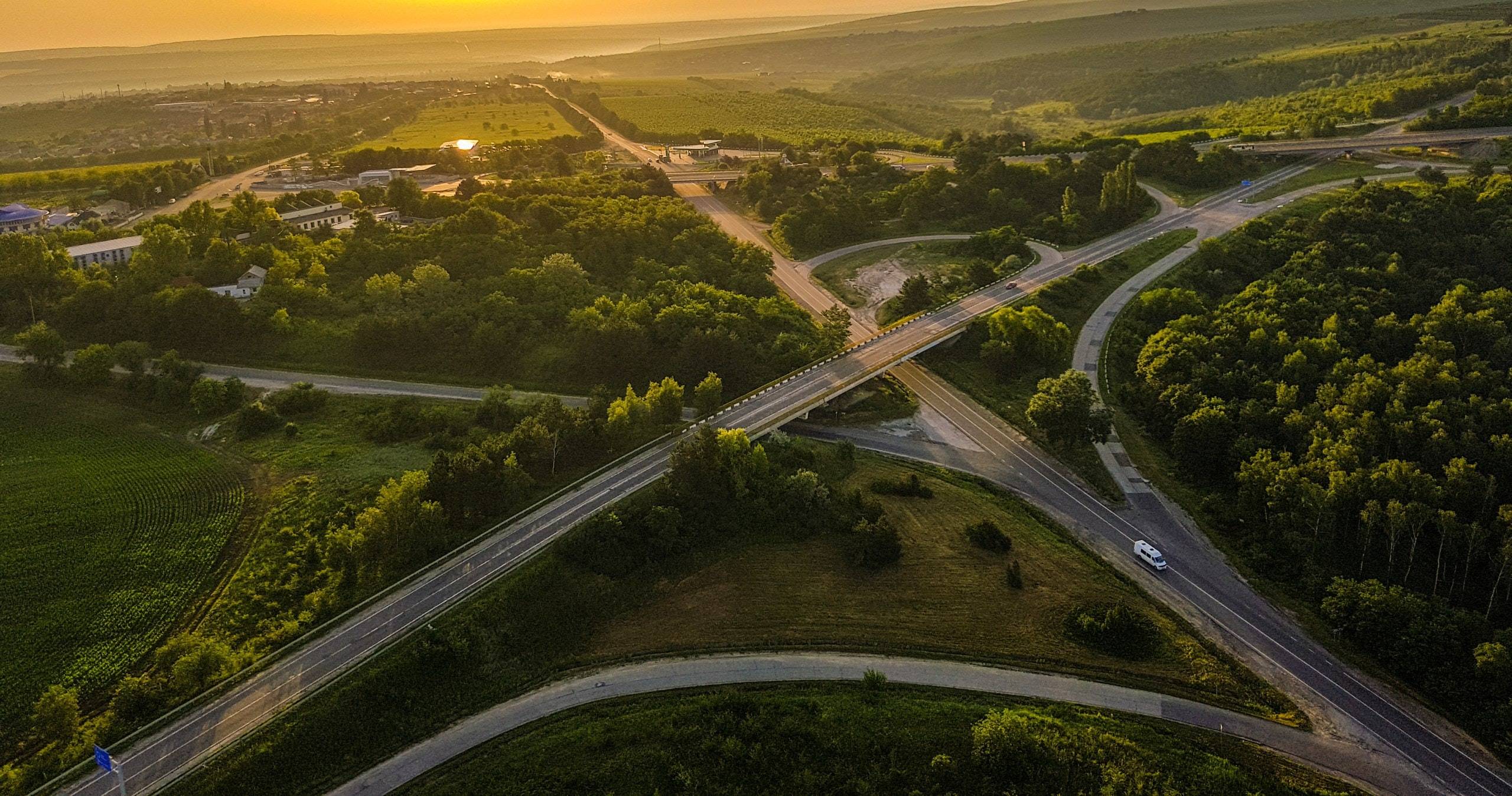
Behind the words: urban congestion

Toronto: How far can the city go?
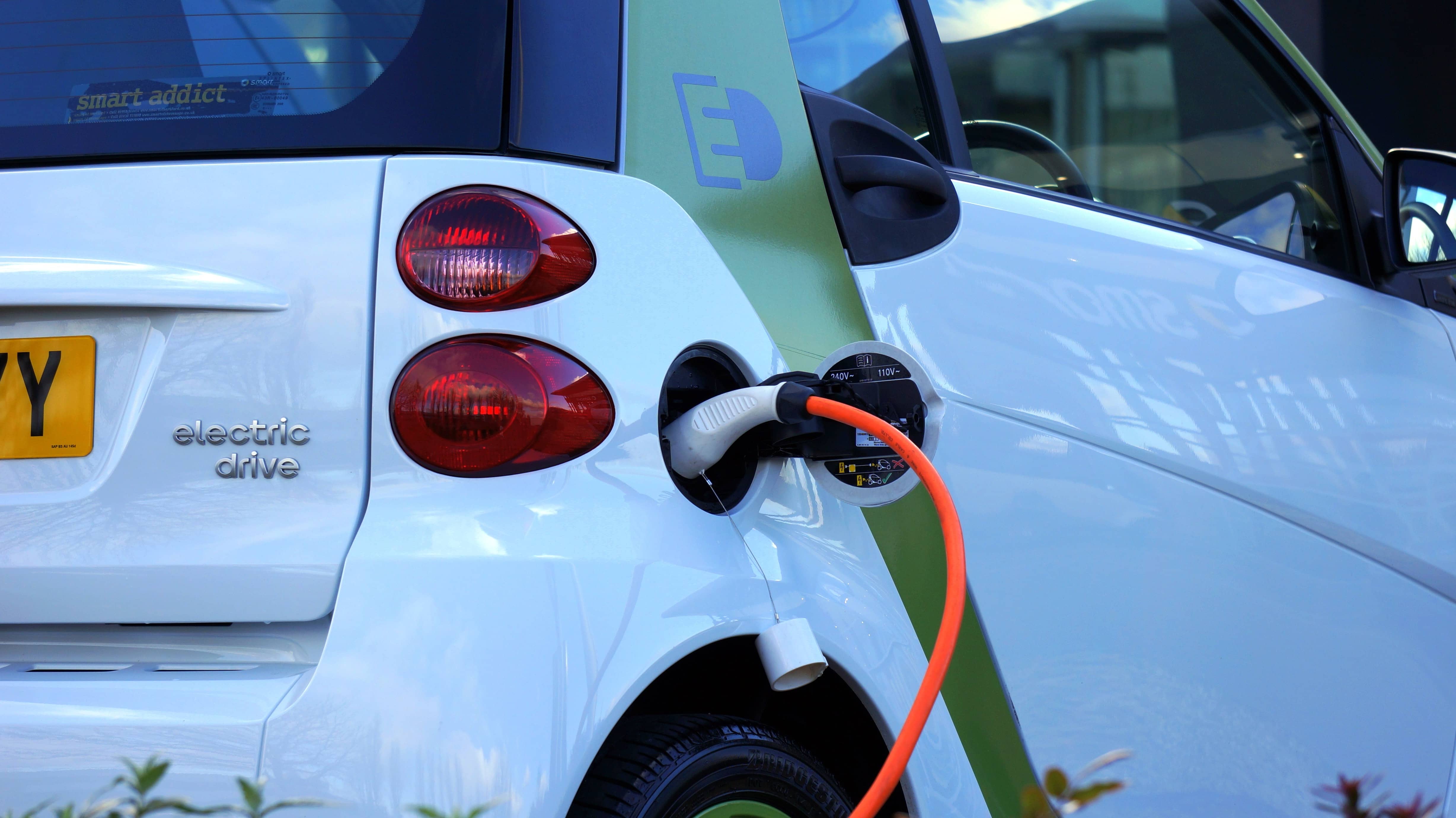
The political and technological challenges of future mobilities

Inventing the future of urban highways
“Dig, baby, dig”
La Fabrique de la Cité
La Fabrique de la Cité is a think tank dedicated to urban foresight, created by the VINCI group, its sponsor, in 2010. La Fabrique de la Cité acts as a forum where urban stakeholders, whether French or international, collaborate to bring forth new ways of building and rebuilding cities.















